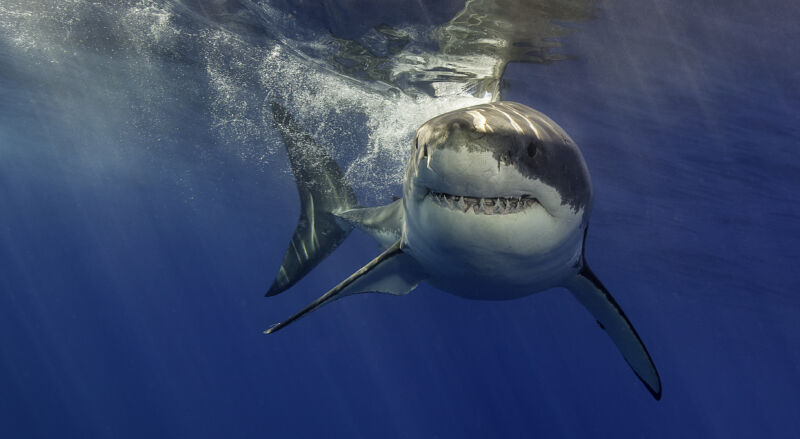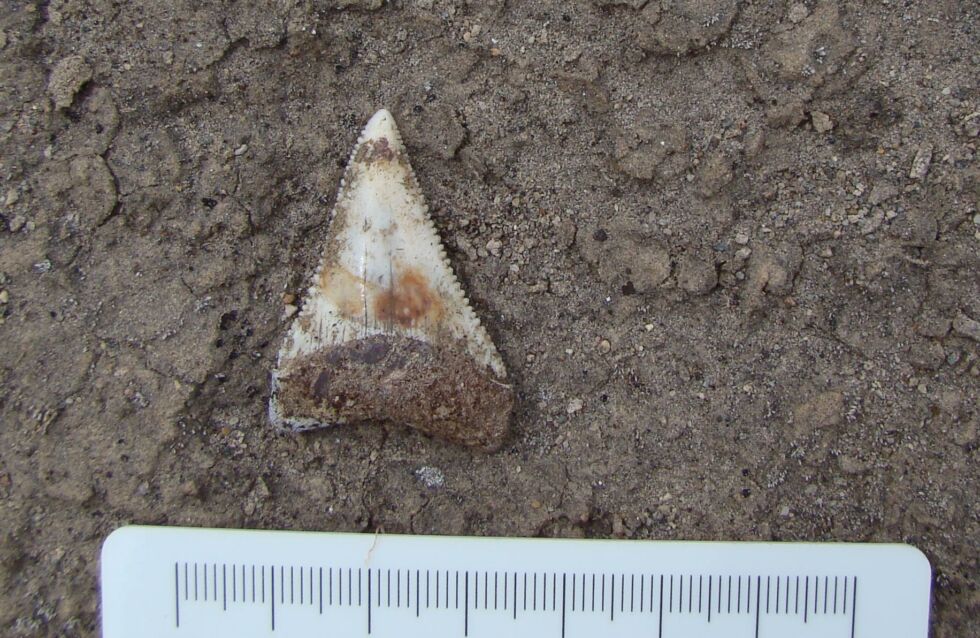
wildestanimal / Getty Images
Giant extinct sharks have something to tell us from millions of years ago, and paleontologists are just beginning to unravel that message. In a series of firsts, paleontologists have identified a growing number of paleo nurseries, ancient sanctuaries where young sharks may have been born and where they grew until they were large enough to survive on their own in the greater sea. It’s a strategy some sharks still use today, meaning it’s been a successful evolutionary tactic for at least 23 million years.
The most common remains we have of these apex predators are the teeth they shed during their lifetime. Cartilage, the most important part of the shark’s internal structure, tends not to survive fossilization. Given the significant lack of fossils, how can paleontologists determine the species and ages of extinct sharks? And how can paleontologists pinpoint the location of a paleo nursery from tens of millions of years ago in areas that are no longer submerged?
Answers with teeth
The answers lie with fossil teeth, from which paleontologists can determine species and estimate sizes — and, remarkably, the temperature and salinity of the water where the sharks lived. While scientists aren’t yet able to pinpoint a shark’s precise age from a fossil tooth, they can narrow it down to whether the shark was a newborn, juvenile or adult, according to Matthew Gibson, the researcher. curator of natural history at The Charleston Museum.
That’s critical, because the most important clue to whether an area was once a paleo nursery is a preponderance of teeth from juvenile sharks. And it takes a lot of individual measurements and analysis of each individual tooth from a site to determine what species, age group and size of shark each tooth represents.
Despite the necessary effort, the work is done. The first known paleo nursery of megalodon was found in Panama and described in a paper published in 2010. Megalodon (Otodus megalodon) is usually the only fearsome, toothy leviathan in our collective imagination when it comes to extinct sharks. But there were a number of huge ancient shark species over the past million years, all of which are known as megatoothed sharks. Since that discovery 12 years ago, more paleo farms of other megatooth sharks have been found around the world in countries such as Peru, Chile, Spain and the US East Coast. In 2020, the first paleo nursery for ancient great white sharks (Carcharodon carcharias) was discovered in Chile. And in 2021, the first paleo nursery for another megatoothed species, Carcharocles angustidenswas confirmed in South Carolina.

dr. Jurgen Kriwet
The three teams that discovered these new paleo nurseries looked at significant numbers of fossil teeth: 28 megalodon teeth from Panama, 136 Carcharocles angustidens teeth from two South Carolina sites, and a whopping 234 ancient great white shark teeth from three separate sites in Chile and Peru, 69 of which were from the paleo nursery in Chile.
dr. Jaime Villafaña is a paleontologist at the Center for Advanced Studies in Arid Zones (CEAZA) in Coquimbo, Chile, and the lead author of the old paper on the great white shark. He admitted that studying 234 teeth “was an incredible amount of work. The measurements were taken by Alonso Alvarado and supervised by me… This process and the associated tasks (database and image preparation) were completed in four months.”

